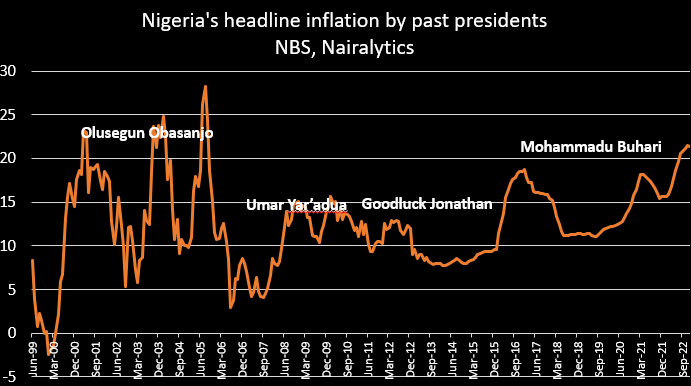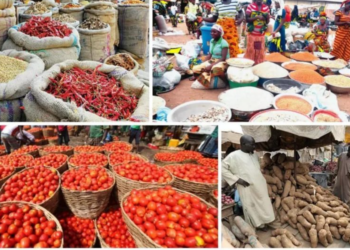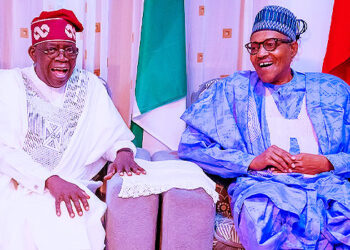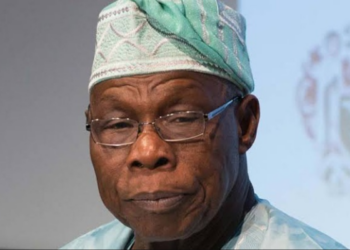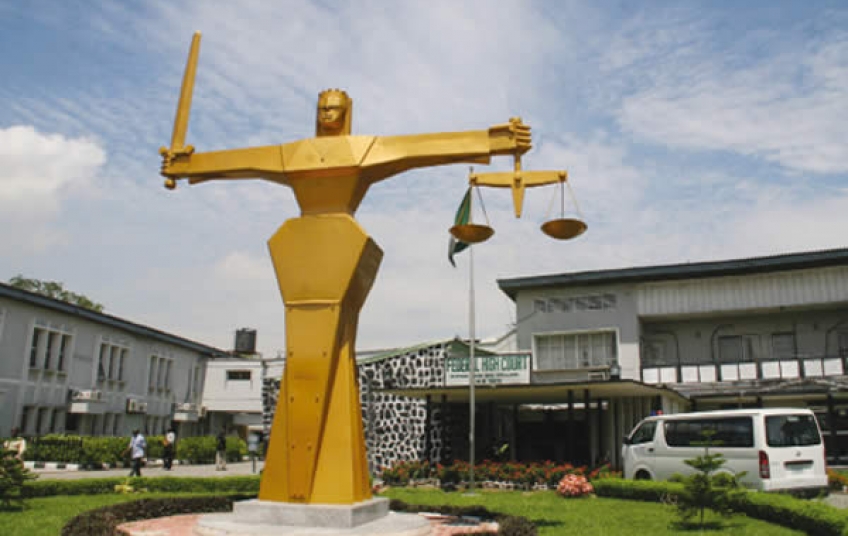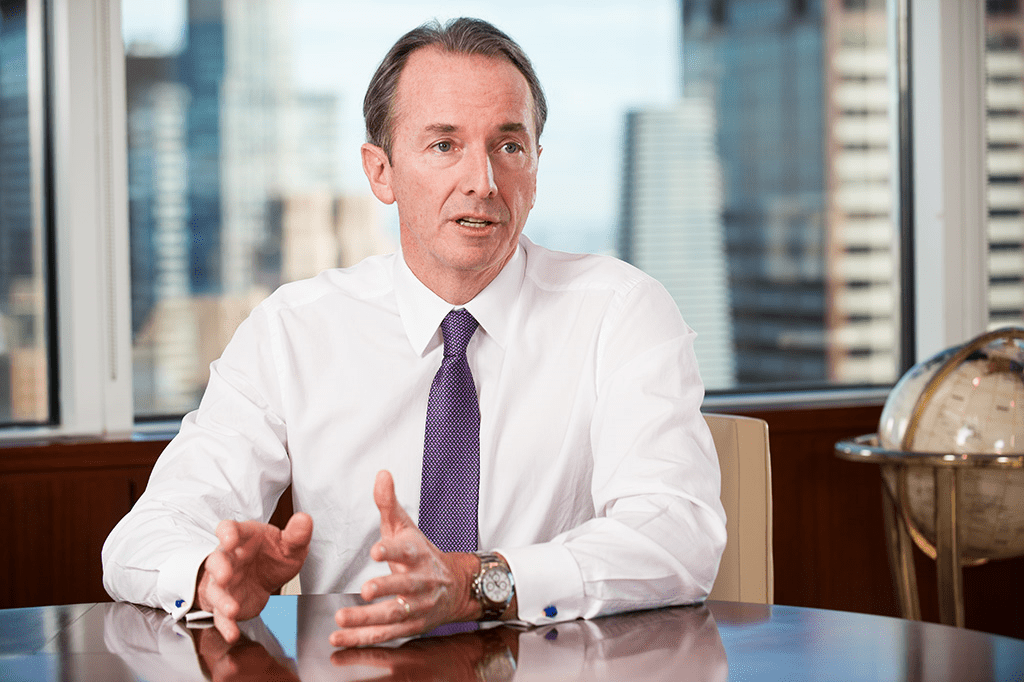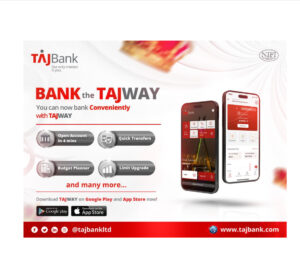Ahead of next month’s presidential election, Nairametrics decided to analyse Nigeria’s past and present presidents based on the inflation rates during their administrations.
One of the main macroeconomic problems that have bedevilled Nigeria over the years is the rising cost of goods and services, coupled with other socio-economic doldrums. The level of inflation in the country is often used as a metric to assess the performance of an administration, seeing as inflation affects every member of society.
Over the years, Nigeria’s inflationary pressure has been tied to food insecurity, depreciation of the exchange rate, and oil price volatility amongst others. However, despite changes in leaders, policies, and fiscal direction, the high inflation has remained unabated.
Past presidents and their administrations: Nigeria started its fourth republic in 1999, after several attempts to restore the country to democracy, which had failed due to a military coup and junta. However, since the start of the fourth republic, Nigeria has maintained democracy for almost 24 years.
- Since the beginning of the current democracy, Nigeria has had four democratically elected presidents between 1999 and to date.
- Specifically, Olusegun Obasanjo ruled between June 1999 and May 2007. Meanwhile, Musa Yar’Adua followed during a short stint between June 2007 and April 2010.
- Ebele Goodluck Jonathan was sworn in as Nigeria’s president on 6th May 2010, following the death of Yar’Adua and remained at the helm of the affair until May 2015, before losing the elections to the current president, Muhammadu Buhari.
Nigeria is now due for another president, who will determine the direction of the Nigerian economy for the next four years, at a time when the economy is bedevilled by a high inflation rate, slow economic growth, rising unemployment, insecurity, depreciating exchange rate, huge intellectual flight, high-interest rate, amongst others.
Below is a highlight of past Nigerian presidents and the level of inflation recorded during their administration, with attention to the entry and exit rate.
Olusegun Obasanjo (1999 – 2007) – 12.3%
Between June 1999 and May 2007, Nigeria recorded an average inflation rate of 12.3%, with an entry rate of 8.28% and a closing rate of 4.64% in May 2007.
- During the eight years of Olusegun Obasanjo, Nigeria recorded its highest inflation rate in August 2005, after the consumer price index surged by 28.21%, before moderating back to single digits.
- During his tenure as president, Obasanjo introduced N100, N200, N500, and N1000 denominations of the local currency into the economy, which is argued to have fuelled inflationary pressure.
- Meanwhile, the Obasanjo administration was bedevilled by high foreign debts, increased poverty levels, and ethnic crises. The cumulative inflation rate over the period stood at 143.5% as the CPI surged from 31 to 75.4 index points.
- In the same vein, his administration coincided with the global great recession, which affected the global financial market leading to several job losses and economic downturns.
Musa Yar’Adua (2007 – 2010) – 11%
During Musa Yar’Adua’s administration between 2007 and 2010, Nigeria recorded an average inflation rate of 11%. The late president took over the presidency in May 2007 following a 4.64% inflation but saw inflationary pressure gallop to 15.04% before he died.
- His administration was however marred by high insecurity in the Niger Delta and insurgency in the northern regions of the country, which almost brought the nation to its knees, with several reported cases of kidnappings of foreign expatriates in the south and mass killings in the north.
- The highest rate during his administration was recorded in February 2010 at 15.65%. Meanwhile, the cumulative inflation rate during the period stood at 40.3%, as the consumer price index closed at 105.7 index points in April 2010.
Goodluck Jonathan (2010 – 2015) – 10.22%
Good luck Ebele Jonathan inherited a high inflation rate from his predecessor, where he also played the role of the vice. However, during his six years as the president of the largest African economy, an average inflation rate of 10.22% was recorded.
- His entry rate was 15.04% but saw it decline to 9% at the end of his tenure while operating under similar macro and socio-economic conditions as his predecessor.
- During the period, Nigeria also endured massive killings in the north by the Boko Haram insurgent group, although with a decline in the activities of the militants in the Niger Delta region, thanks to the Amnesty Programme established by the previous administration.
- In the period under Goodluck Jonathan, the cumulative inflation rate stood at 62.3%. The CPI closed at 171.6 index points as of May 2015.
Muhammadu Buhari (2015 – 2022) – 14.52%
Nigeria experienced an average inflation rate of 14.52% between June 2015 and December 2022, recording a 17-year high of 21.34% in November 2022, during a period characterized by high food prices, movement restrictions, plummeting oil prices as an eventual surge in oil prices, high currency in circulation, huge arbitrage in the FX market amongst others.
- The crude oil crisis in 2016 coupled with the transition from the fixed FX regime to a flexible regime by the CBN also had a significant impact on Nigeria’s inflation numbers, effectively bringing the rate to a double-digit, which it has maintained so far.
- Buhari inherited an economy suffering from an inflation rate of 9%, but is currently trailing an almost 17-year high of 21.34% recorded in December 2022.
- During this administration, the CBN has increased the monetary policy rate multiple times to tame the rising cost of goods, which has proven less effective, with cost-push inflation ravaging the economy and crippling the profitability of businesses.
- So far, the cumulative inflation rate between May 2015 and December 2022 stood at 191% with the CPI currently at 499.4 index points.
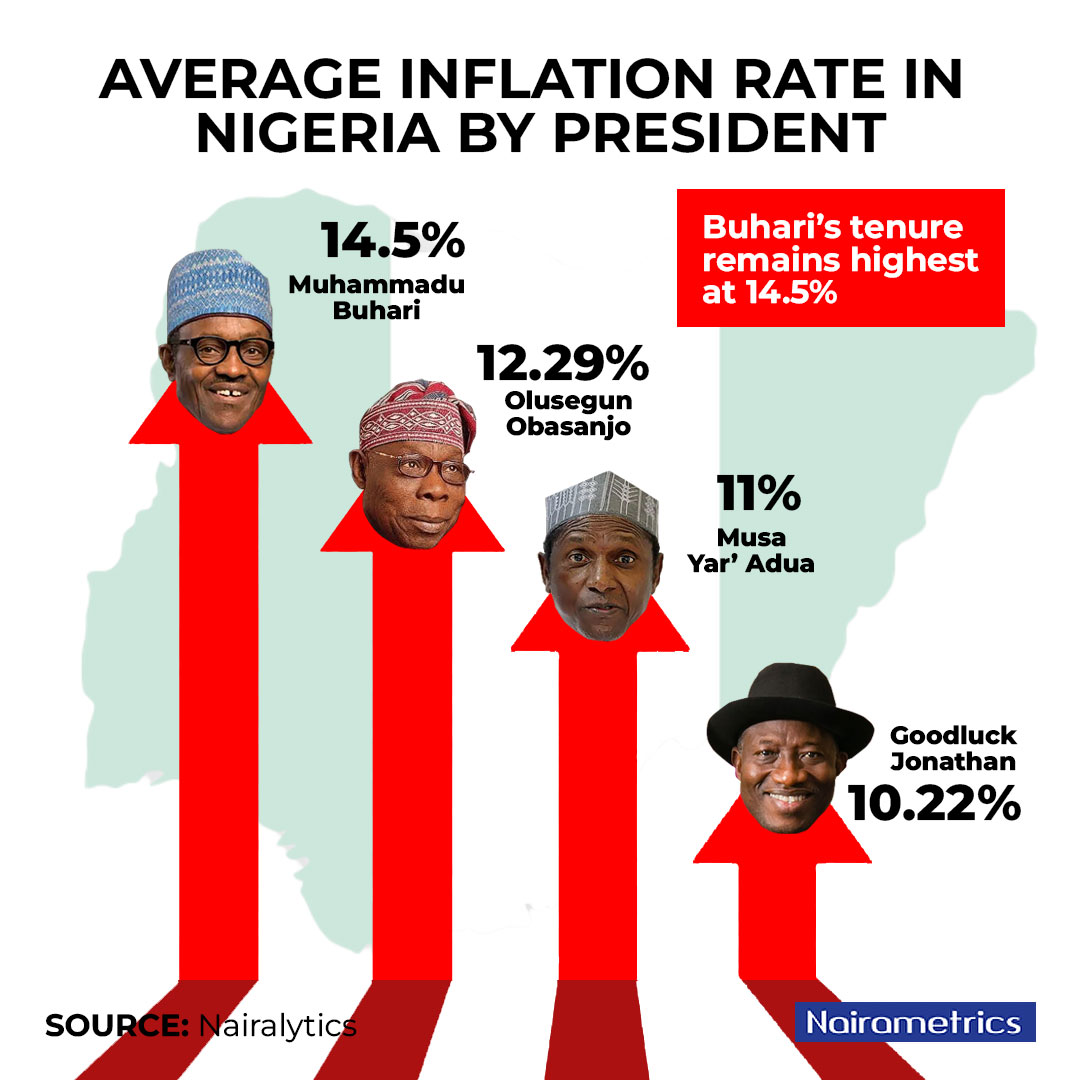
Finally: Based on the analysis by Nairalytics, the research arm of Nairametrics, the current administration of Muhammadu Buhari has recorded the highest average inflation rate. This is contrary to the assertion of Festus Keyamo, the spokesperson for the presidential campaign council of the All Progressives Congress, Bola Ahmed Tinubu.
- Festus Keyamo during an interview on Arise TV stated that Nigeria recorded its worst inflation under the administration of former president Olusegun Obasanjo and his vice, Atiku Abubakar.
- However, findings show that the current administration with an average inflation rate of 14.52% is the highest compared to other past presidents, however, followed by Obasanjo’s regime with an average rate of 12.3%.
- It is also worth noting that in terms of annual rate, the highest since the fourth republic was recorded in 2001 during Obasanjo’s tenure.
